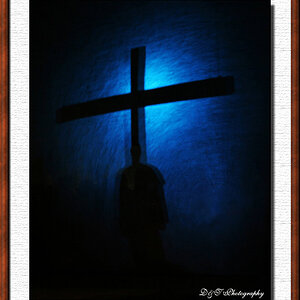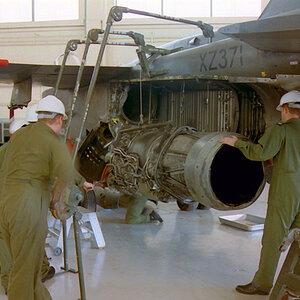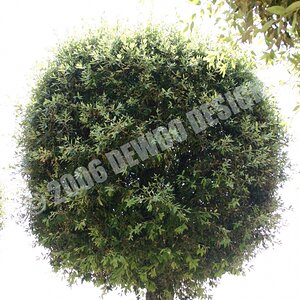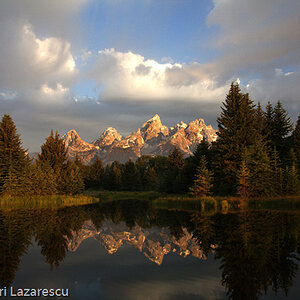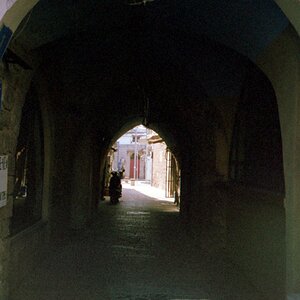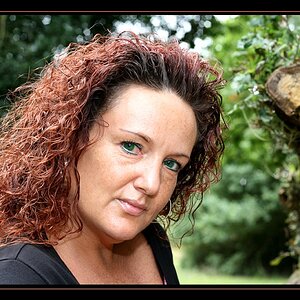minicoop1985
Been spending a lot of time on here!
- Joined
- Sep 3, 2013
- Messages
- 5,520
- Reaction score
- 1,865
- Location
- Appleton, WI
- Can others edit my Photos
- Photos OK to edit
Ok, thats intresting. A Nikon user complimenting another brand
Thanks again.
Correction: TWO of them. If I recall correctly, Derrel shoots Nikon too.




